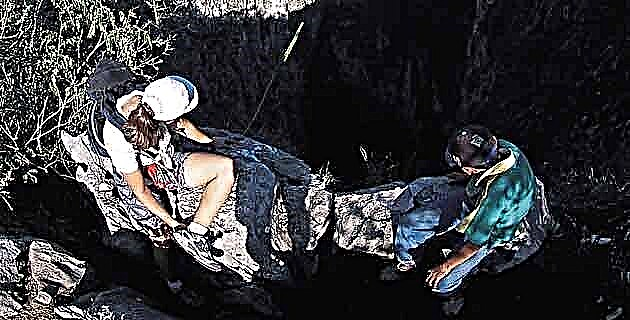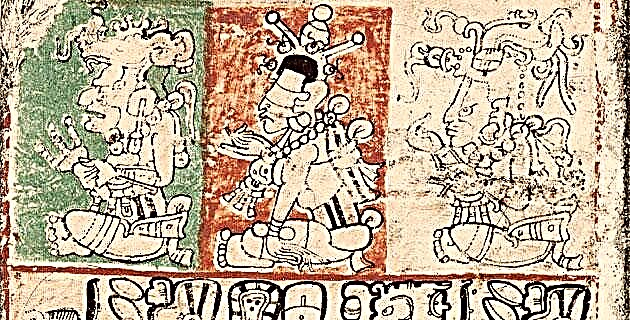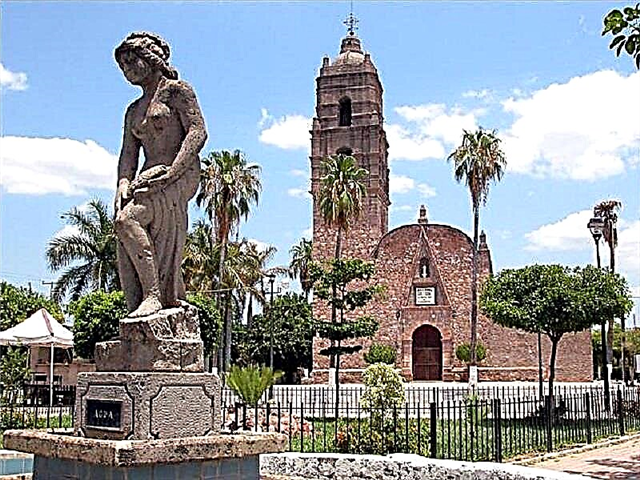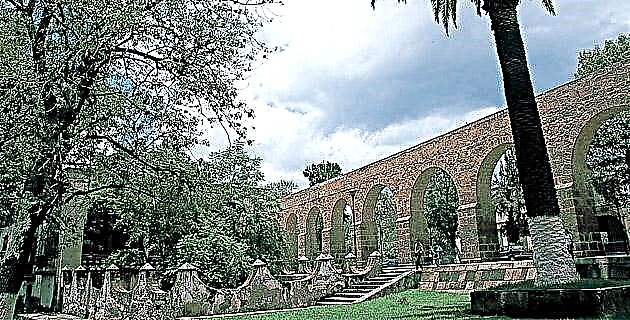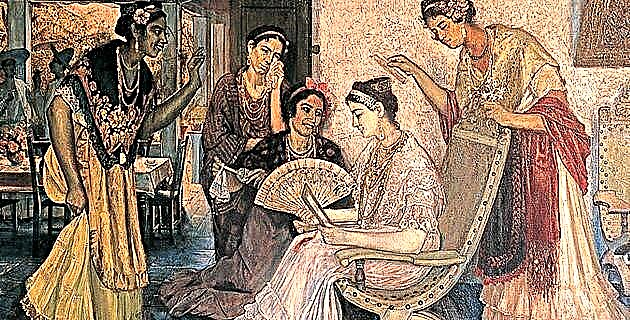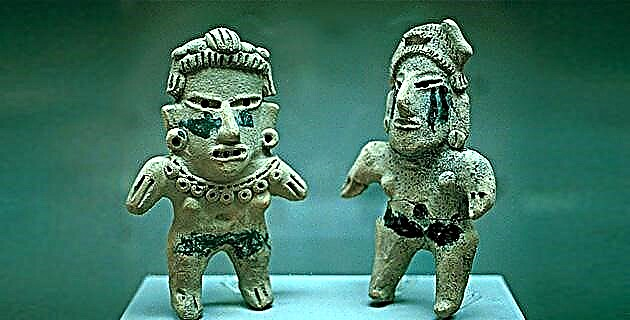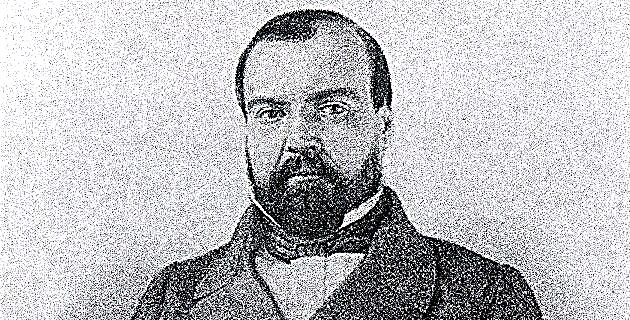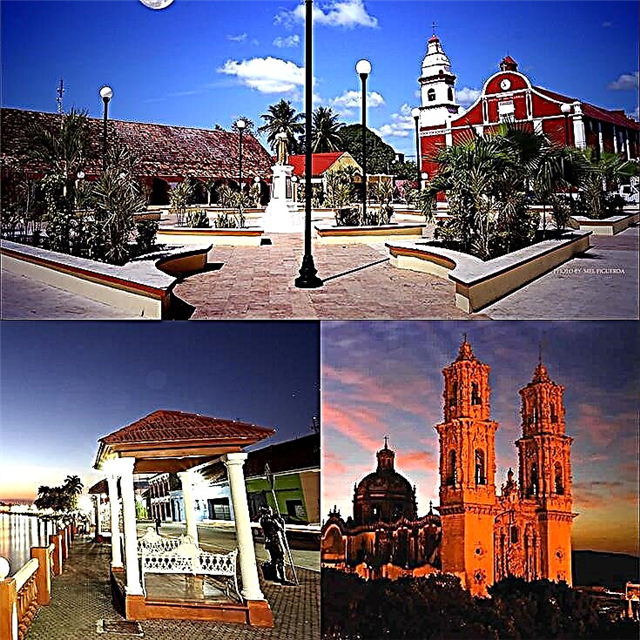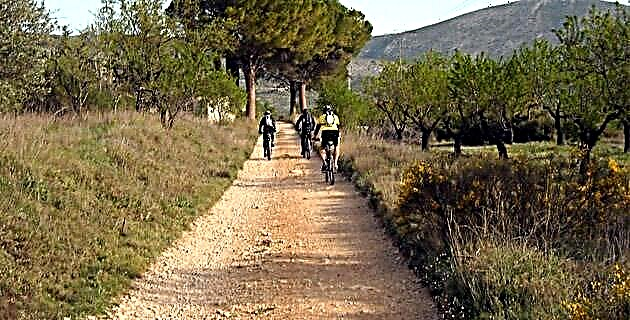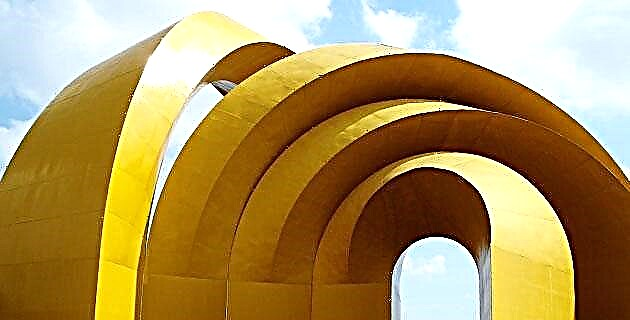
Everyone calls me Sebastián, except my children, who call me Dad. The person who has just said these words is a tall, burly man with curly hair and a dark complexion.
Looking like a boy despite his gray hair, he was born fifty-one years ago in Ciudad Camargo, Chihuahua, and was baptized as Enrique Carvajal. Ciudad Camargo, 150 km southeast of the capital of Chihuahua, was founded around 1790, in semi-desert lands, straddling the Conchos River and the Bolson de Mapimí.
“I am from the north and the north is surrounded by desert, but desert in every sense. I spent my childhood and adolescence among poplars and walnut trees, in those great spaces. Drinking the intense blue of its skies, the transparency of its light and the brilliance of its sands ”.
“My town was a town of so many, with great deficiencies of all kinds and I stayed there until I finished high school. Knowing that the painter Siqueiros was my countryman made me want to imitate him and to travel to Mexico to continue my studies. My mother was a decisive influence in my early years with her support and advice. He taught me to paint flowers and instilled in me the desire to do things well ”.
At the age of 16, with many illusions and his diploma under his arm like every capital, he traveled to Mexico City. It is meant to be like Siqueiros; He goes to the Academia de San Carlos and enrolls in painting classes, but soon realizes that his real interest is sculpture.
"I lived in San Carlos, it was my home thanks to the complicity of the concierge who allowed me to stay the night, because I didn't have enough money to pay for a room in a guest house." To pay for his studies and meet his needs, he worked where he could, washing dishes and playing the güiro in passenger trucks.
From the little sleep and poor eating he lost weight, and one day he fell asleep in class, lying on a bench. The teacher, realizing it, said to the other students: "boys, draw San Sebastián." Some time later the poet Carlos Pellicer told him at a meal that he looked like a Botticelli San Sebastián. Later a European art critic mentioned that it looked like a painting of Saint Sebastian.
“I was flattered and began to think that I could adopt it as a pseudonym. It sounds good, it is pronounced almost the same in different languages and everyone remembers it, and I reflected that it could work commercially. "
Overnight Enrique Carvajal became Sebastián, and the new name was like a lucky charm, as fortune began to smile on him and soon after he won the first prize in the annual contest of the National School of Arts Plastics
“Sebastián is my name, my friends call me Sebastián. I sign Sebastián on the credit card and on the checking account… ”(I forgot to ask him if he also uses the name in his passport).
Since he was little, Sebastián has been a voracious reader and his curiosity is satisfied in the San Carlos library. Tirelessly, he reads theory books, architectural treatises, authors such as Leonardo and Vitruvius, and becomes familiar with the work of the great Renaissance painters and sculptors. Closer influences such as those of Picasso, Calder and Moore will inspire him for his later work.
“I am always rehearsing, looking for a new possibility of expression. I seek the exchange of ideas, working in teams, forming groups, with the desire to move the viewer with new ideas. and my work is always marked by scientific rigor, by the deep study of geometry ”.
When talking about his transformable structures, he explains: “in the first part of my sculptural production I design these transformables as a kind of cocktail of two scientific disciplines that are carried within geometry, mixed with my intuition and my poetic feeling to create a sculpture that is manipulable, a toy that provokes the viewer to transform it and that is didactic, that teaches the transformation of color and shape. The role that the viewer plays is their participation, in which art and the game of form and color converge, starting from shot to volume and back to shot ”.
Talking about the individual and group exhibitions in which Sebastián has participated would be endless; Suffice it to say that they exceed three hundred. The list of his awards is also very long. His works are exhibited in private collections and museums in Mexico, the United States, South America, Europe, Israel and Japan.
His interest in urban architecture has led him to propose solutions in open spaces, such as the Cosmic Man at the Mexico City airport, Tláloc at the UNAM, the Red Lion at Paseo de la Reforma, La Puerta de Chihuahua and La Puerta de Monterrey, and many more in the country and abroad. One of his best-known works is perhaps the Caballo's Head, a 28-meter-high metallic structure painted yellow, which is located on Paseo de la Reforma and Avenida Juárez, and which came to replace the old statue of Carlos IV de Tolsá popularly called "El Caballito".
“I remember what happened to my work, a controversy arose in favor and against it. Still many Mexicans don't like it. "

